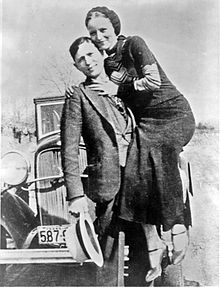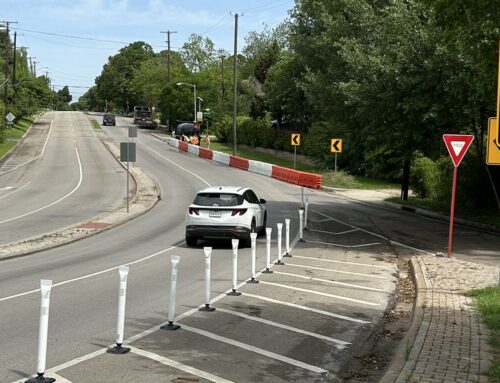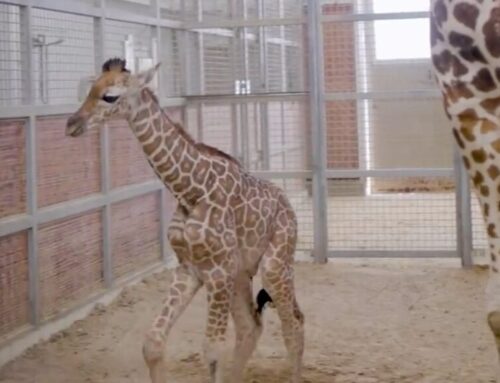 This Texas Monthly story about Bonnie and Clyde is from 2001, but I just came across it again last week. There’s so much good stuff in it, including this description of West Dallas:
This Texas Monthly story about Bonnie and Clyde is from 2001, but I just came across it again last week. There’s so much good stuff in it, including this description of West Dallas:
The perpetually mean streets of West Dallas look today much as they did in the thirties. As the tour bus crossed the Continental Street Viaduct (called the West Dallas Viaduct back then), we were told that this was the neighborhood where the Barrow brothers, Bonnie Parker, Roy Thornton, Raymond and Floyd Hamilton, and a lot of other desperadoes grew up. Then it was called the Devil’s Back Porch. Even though it festered in the shadows of downtown Dallas, the city ignored the disgrace of the Porch for years; West Dallas wasn’t even incorporated until 1952. In Bonnie and Clyde’s day only two of the streets were paved. Few of the houses had running water or electricity, and some of them didn’t have doors or window glass. Jobs were almost nonexistent. Disease and crime went unchecked. Cops who walked the Porch did so in pairs and never by choice. The Brick Hotel, a two-story beer hall, gambling parlor, and dope den, was an infamous safe house for outlaws and fugitives such as Machine Gun Kelly.
Singleton Boulevard, the main drag today, is a jumble of auto repair shops, junkyards, warehouses, cafes, service stations, and small framehouses with “Beware of the Dog” signs out front. The homes and businesses are owned mostly by Hispanics and blacks. The place looked much the same in the thirties, except the main drag was called Eagle Ford Road and the homes and businesses were owned by poor whites. In the decades between 1920 and 1940 the population of Dallas almost doubled as thousands of families were forced off their land by the Dust Bowl and the Great Depression. They settled in squatters’ camps under the viaducts and along the river bottom, living in tents and cardboard lean-tos.
Lisa Taylor and David Lozano of Cara Mia Theater Co. traveled to Cuba last month. Read about their trip at Artandseek.org. The Oak Cliff Chamber of Commerce is offering an eight-day trip to Cuba this coming October.
Candice McKay of the Book Doctor in the Bishop Arts District was featured in a New York Times story last week.
At the Book Doctor, a book repair and restoration business in the trendy Bishop Arts District neighborhood, the Bible is one of the big three. “We’re kind of Bibles, cookbooks and kids’ books,” Ms. McKay said from behind her store’s counter. “Those are the things people want to save or pass on.”





